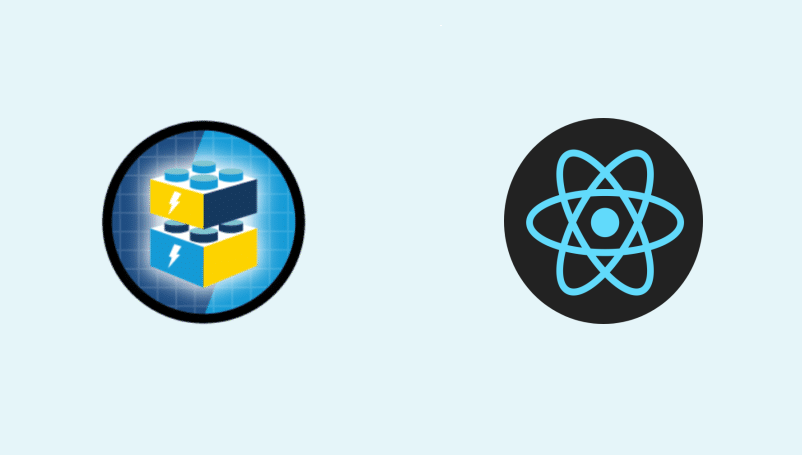LWC vs React


Author
Matías Grin2023-12-23
Salesforce Lightning Web Components (LWC) and React are both frameworks used for building user interfaces, but they have distinct purposes and are used in different contexts. Here's a comparison of how you might approach certain aspects when working with Salesforce LWC and React.
Purpose and Context:
- • LWC: Salesforce Lightning Web Components are specifically designed for building applications on the Salesforce platform. They are part of the Lightning Component framework, enabling developers to create components that integrate seamlessly with Salesforce data and processes.
- • React: React is a more general-purpose JavaScript library for building user interfaces. It is often used for building single-page applications (SPAs) and is not tied to any particular platform.
Integration:
- • LWC: Built-in integration with Salesforce data and metadata. LWC components can directly fetch and update Salesforce data using the Lightning Data Service or Apex controllers.
- • React: React can be used with any backend or data source. It's more agnostic regarding data fetching and can be integrated with various libraries or frameworks for state management and data retrieval.
Component Architecture:
- • LWC: Embraces a component-based architecture similar to other modern frameworks. LWC components are reusable, and you can encapsulate functionality within them.
- • React: Also follows a component-based architecture. React components are reusable and encourage the creation of a modular UI.
State Management:
- • LWC: Utilizes a reactive model for handling state changes within components. State is managed natively when you declare a variable inside a component. For complex state management, when components are not related, you can use the Lightning message service.
- • React: Uses a unidirectional data flow with a virtual DOM. State management can be handled using the built-in useState hook or by integrating third-party libraries like Redux or Zustand for more complex scenarios.
Syntax:
- • LWC: Uses a syntax that is specific to the Salesforce platform. It incorporates decorators like @api and @wire for defining properties and wiring methods.
- • React: Has a more general JavaScript syntax with JSX (JavaScript XML) for defining components. JSX is a syntax extension that looks similar to XML or HTML.
Tooling:
- • LWC: Salesforce provides a set of tools and services specifically tailored for Lightning Web Components development, including the Salesforce CLI and the Lightning Web Components Local Development Server.
- • React: React has a larger ecosystem of tools and libraries, and it can be used with various build tools such as Webpack or Create React App.
Community and Ecosystem:
- • LWC: Has a community focused on Salesforce development. The ecosystem is centered around Salesforce-specific use cases.
- • React: Has a large and active community with a broad ecosystem of libraries and tools. The React ecosystem extends beyond Salesforce and is used in various web development contexts.
In summary, the choice between Salesforce LWC and React depends on the context of your project. If you're building applications on the Salesforce platform and want seamless integration with Salesforce data, LWC is a natural choice. If you're working on a more general web development project or need more flexibility in your technology stack, React might be a better fit.